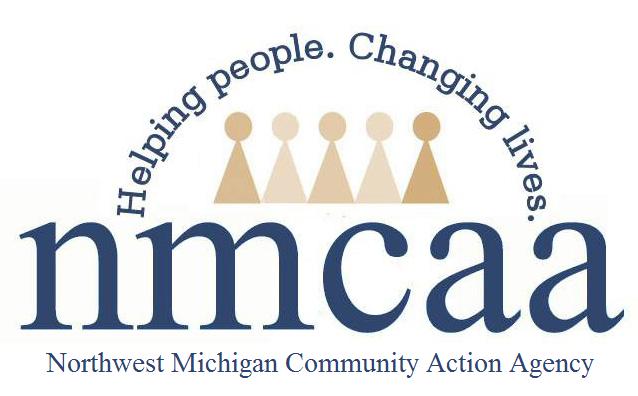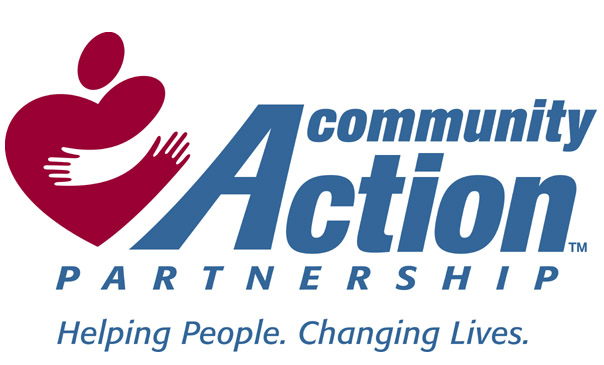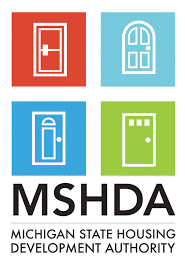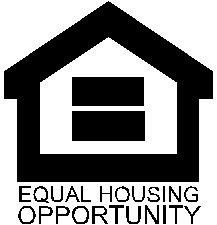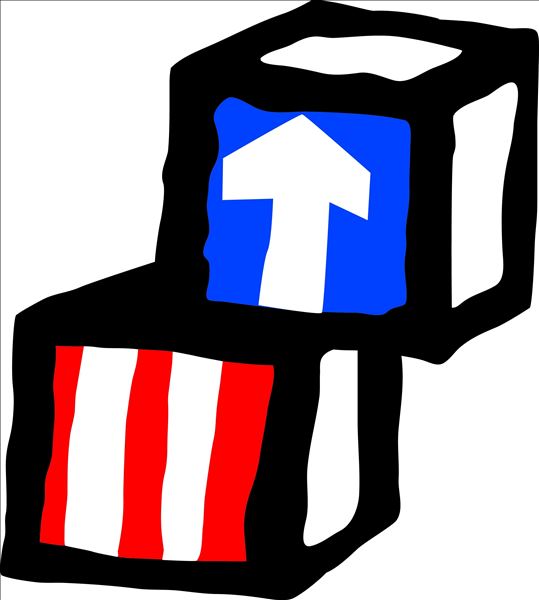HOMELESS PREVENTION
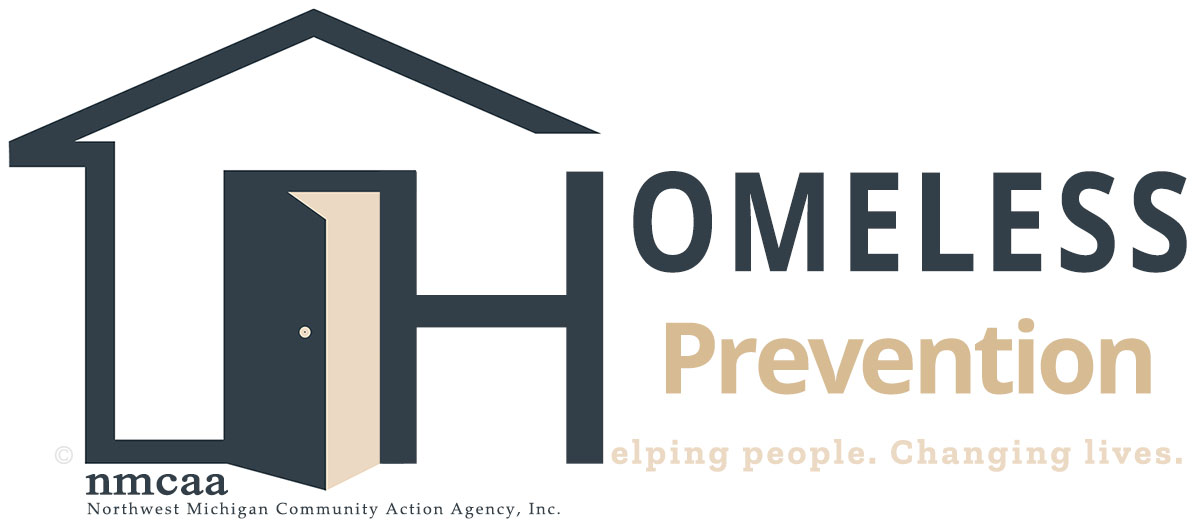
About Us: Northwest Michigan Community Action Agency’s Homeless Prevention department (HP) provides U.S. Department of Housing and Urban Development (HUD) to 5 counties (a), Michigan State Housing Development Authority (MSHDA) to 10 counties (a), and Michigan Department of Health & Human Services (DHHS) programs to 5 counties (b), and the U.S. Department of Veterans Affairs-Supportive Services for Veteran Families (SSVF) program to 23 counties (d), and is joined by many other community organizations dedicated to addressing housing issues and ending homelessness in the Northwest Michigan region.
As a member of the Northwest Michigan Coalition to End Homeless (NWCEH), the Michigan Balance of State Continuum of Care (MIBOSCOC), and the Northeast Michigan Coalition Against Homelessness (NEMCAH), the Homeless Prevention programs are designed to ensure youth (18-24 years old), adult (25 years old+), and veteran individuals and households facing a housing crisis or homelessness have access to safe and affordable housing. Homeless Prevention provides centralized intake, housing assessments, and services for people who are experiencing homelessness or are at risk of homelessness. With grant funding from various Federal and State sources, HP provides a tailored package of assistance that may include Financial/Rental Assistance; Security Deposits; Rental Application Fees; Moving Costs; Housing Navigation/Search/Placement; Landlord Incentive Payments; Case Management Services; Eviction Mediation (Landlord/Tenant); Legal Aid/Services; Targeted Supportive Services; Financial/Budget Counseling; and Linking/Referrals to most community agencies and resources.
(a) Antrim, Benzie, Grand Traverse, Kalkaska, and Leelanau counties.
(b) Charlevoix, Emmet, Manistee, Missaukee, and Wexford counties
(c) Antrim, Benzie, Charlevoix, Emmet, Grand Traverse, Kalkaska, Leelanau, Manistee, Missaukee, and Wexford counties.
(d) Alcona, Alpena, Antrim, Benzie, Charlevoix, Cheboygan, Crawford, Emmet, Grand Traverse, Iosco, Kalkaska, Leelanau,
Manistee, Mason, Missaukee, Montmorency, Oceana, Ogemaw, Oscoda, Otsego, Presque Isle, Roscommon, and Wexford counties.
-
The Homeless Prevention department follows a Housing First approach for all programs and services. These programs and services include:
COORDINATED ENTRY
&
DIVERSION
A system that allows for coordinated entry into our local homeless services system, as well as coordinated movement within, and ultimately towards exiting from the system. Coordinated Entry increases the efficiency of our homeless assistance system by standardizing access to homeless programs, services, and coordinating referrals. Diversion is a "light touch" approach to ending homelessness that encourages and helps households to identify their own solutions to housing crises. Because Diversion does not require intensive case management or other system resources, it is quicker and more cost-effective than other approaches, which frees up resources for more individuals and families in need. Coordinated Entry & Diversion provides:
ACCESS
To ensure the Northwest Michigan region is covered and that service entry points are easily accessible and advertised.
ASSESSMENT
To standardize information gathering on service needs, housing barriers, and vulnerabilities.
PRIORITIZATION
To match the output of the assessment as it relates to the community priorities (based on severity of need) and to establish a priority ranking for available housing and services; and
REFERRAL
To coordinate the connection of individuals and their families to the appropriate and available housing and service interventions they need.
HOMELESS PREVENTION
A program that offers assistance necessary to prevent an individual or family from moving into an emergency shelter or into homelessness. The Prevention program is designed to assist individuals or families in regaining stability in their current permanent housing or move into other permanent housing to achieve stability. The program can assist with rental arrearages (up to 3 months past due) for those who are at risk of eviction at times, at times covering 100% of what is due, but will also work with other partner agencies to assist with the past due amount; so, in many cases the money will be coming from various agencies/sources. The Prevention program also offers Housing Based Case Management (HBCM) where the case manager linked with the tenant who meets with them in home at minimum one time per week. These basic principles influence every aspect of the Prevention program and services, and they include:
Principle 1: Crisis Resolution: Every situation that could result in homelessness is a crisis for the person experiencing it. Crisis resolution responses must include rapid assessment and triaging, based upon urgency; an instant focus on personal safety as the first priority; de-escalation of the person's emotional reaction; definite action steps the individual can successfully achieve; assistance with actions the individual is temporarily unable or unwilling to attempt; and returning the person to control over their own problem-solving.
Principle 2: Client Choice, Respect, and Empowerment: People in crisis may feel paralyzed by the urgency and the potentially devastating consequences of their situation. Homelessness prevention services must help people in crisis regain a sense of control and feeling of empowerment to actively overcome obstacles. A constant emphasis on the client's goals, choices, and preferences, an unwavering respect for their strengths, and reinforcement of progress are essential for empowerment. This does not mean clients are protected from the natural consequences of their actions.
Principle 3: Provide the Minimum Assistance Necessary for the Shortest Time Possible: Respect includes letting go as soon as the person has the resources, knowledge, and tools to continue their lives--however they choose to live them. Providing just enough to prevent homelessness enables a program to help far more people in crisis. Often this means ensuring resources are used to help persons at-risk of losing housing or any persons who would otherwise end up on the street or in an emergency shelter before using resources to provide assistance for other needs. Providing non-essential assistance to a program client will cost someone else in the community their housing.
Principle 4: Maximize Community Resources: Mainstream assistance programs are intended to be the backbone of every community. Creating duplicate services for a sub-population such as people at risk of homelessness allows mainstream agencies to continue to bypass or ineffectively serve people who have a right to better quality and access. Duplication also wastes valuable, limited resources that could be spent to keep more households from becoming homeless.
Principle 5: The Right Resources to the Right People at the Right Time: The earlier a program intervenes in a housing crisis, the lower the cost. The outcomes may look impressive, but research shows that most people who receive prevention assistance would not have become homeless even without assistance. The later the intervention, the more costly and the lower the success rate. But at the latest stages of an individual's housing crisis, it is virtually certain she or he would have become homeless without assistance. Good prevention programs strive to target people who have the highest risk of becoming homeless but who also have a good chance of remaining housed if they receive assistance.
STREET OUTREACH
A program that provides essential services necessary to reach out to unsheltered homeless people; connect them with housing, emergency shelter, critical services, and/or provide urgent, non-facility-based care. The Street Outreach program offers:
Engagement
Activities to locate, identify, and build relationships with unsheltered homeless people and engage them for the purpose of providing immediate support, intervention, and connections with homeless assistance programs and/or mainstream social services and housing programs. This include making an initial assessment of needs and eligibility; Providing crisis counseling; Addressing urgent physical needs, such as providing meals, blankets, clothes, or toiletries; and Actively connecting and providing information and referrals to programs targeted to people living in homelessness and mainstream social services and housing programs, including emergency shelter, transitional housing, community-based services, permanent supportive housing, and rapid re-housing programs.
Case Management (CM)
For assessing housing and service needs, arranging, coordinating, and monitoring the delivery of individualized services to meet the needs of the program participant. CM services and activities include using the centralized or coordinated assessment system; Conducting the initial evaluation, including verifying and documenting eligibility; Counseling; Developing, securing and coordinating services; Obtaining Federal, State, and local benefits; Monitoring and evaluating program participant progress; Providing information and referrals to other providers; and Developing an individualized housing and service plan, including planning a path to permanent housing stability.
RAPID RE-HOUSING
(RRH)
A program/intervention, which uses a Housing First approach that is a critical part of our community's effective homeless crisis response system. The program targets individuals and households with children that are coming directly from the streets or emergency shelter to make each household's experience of homelessness as brief as possible by quickly moving them into permanent housing and supporting the household in their efforts to live as independently as possible. Rapid Re-Housing connects individuals and families experiencing homelessness to permanent housing through a tailored package of assistance that may include: (i) Financial/Rental Assistance; (ii) Security Deposits; (iii) Rental Application Fees; (iv) Moving Costs; (v) Housing Navigation/Search/Placement: (vi) Housing Based Case Management (HBCM); (vii) Mediation (landlord/tenant); (viii) Legal Services; (ix) Targeted Supportive Services; (x) and Linking/Referrals to community resources.
The Rapid Re-Housing program helps individuals and families who are literally homeless or in emergency shelters solve the practical and immediate challenges to obtaining permanent housing, while also reducing the amount of time they experience homelessness, avoiding a near-term return to homelessness, and enabling them to achieve long-term housing stability. The following is a list of important steps RRH staff take with their clients in the housing navigation process to determine the kind of housing options participants want and can maintain:
ASSIST
Participants to gather information and complete a standardized rental application.
ARRANGE
Visits to the partner landlord units that match participant preferences; accompany participants when possible or needed.
ACCOMPANY
Or assist participant to set up interviews with landlords who are a likely match for the individual's Tenant Screening Barriers and negotiate with or on behalf of participants.
PREPARE
Participant for landlord interviews (i.e., coach participants on how to respond to potential questions about Tenant Screening Barriers); accompany participants to interviews when possible or needed.
ARRANGE
or PROVIDE
Transportation for housing search and/or interviews and help to arrange for childcare during interviews when needed.
NEGOTIATE
The lease terms with the landlord. When necessary, discuss any additional incentives that may convince a landlord to accept a person/household with particularly high Tenant Screening Barriers, such as a criminal history.
ENSURE
That the unit, terms of the lease, and rental cost meet funder requirements. Ensure that the participant understands lease requirements before signing.
DEVELOP
Agreements, when appropriate or helpful, between RRH agency and landlord.
OBTAIN
Participant consent to release information to and from the landlord, such as through a Landlord-Case Manager Communication Agreement.
The key to a RRH program participant's success is to utilize a problem-solving conversation to assist in identifying and accessing a variety of permanent housing options from the moment they are enrolled in the program. Housing identification goes well beyond recruiting and maintaining landlords. RRH staff play a significant role in working with program participants to develop an individualized housing identification plan that is reflective of a person-centered approach. At NMCAA, the following are the Rapid Re-Housing programs offered:
HUD Adult RRH
Serves adult households (25 years and older) experiencing chronic homelessness and can include single adults or adults with minor children in the household.
HUD Youth Pregnant and Parenting RRH
Serves young adults under 25 years old (18-24) who are pregnant or parenting with minor children in the household, and who are experiencing homelessness.
HUD Individual Youth RRH
Serves single young adults under 25 years old (18-24) without minor children in the household, and who are experiencing homelessness.
MSHDA ESG RRH
Serves individuals and/or families who are experiencing literal homelessness or fleeing/attempting to flee domestic violence (DV) (if the individual or family is also literally homeless).
DHHS Consolidated RRH
Serves individuals and/or families who are experiencing chronic homelessness.
SUPPORTIVE SERVICES FOR VETERAN FAMILIES
(SSVF)
A program that serves a 23-county region (Alcona, Alpena, Antrim, Benzie, Charlevoix, Cheboygan, Crawford, Emmet, Grand Traverse, Iosco, Kalkaska, Leelanau, Manistee, Mason, Missaukee, Montmorency, Oceana, Ogemaw, Oscoda, Otsego, Presque Isle, Roscommon and Wexford counties) with SSVF Rapid Re-Housing and SSVF Prevention assistance to veterans who are homeless or at-risk of becoming homeless. Housing Resource Specialists, Case Managers, and Health Care Navigators help Veterans and their families identify and maintain safe, affordable housing and become socially and economically integrated into their communities. The Supportive Services for Veteran Families program is available for any Veteran with at least one day of federal active duty; any discharge but dishonorable; is homeless or at-risk of becoming homeless.
